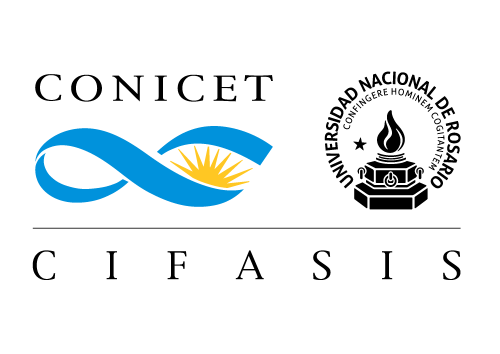Detalle del congreso
Autores: Murillo, Javier; Krsticevic, Flavia; Spetale, Flavio; Tapia, Elizabeth; Bulacio, Pilar.
Resumen: The prediction of protein subcellular location (SCL) describes locations, at the levels of subcellular structures contributing to strong experimental designs. In this context, a step further towards the complete annotation of genomes, machine learning (ML) methods can be useful. In this work, we focus on SCL of proteins involved in fly eye pigment due to its relation with a memory loss, synaptic pathology, and a brain plasticity. Two different pigments are in fly compound eyes: brown ommochromes and red drosopterin. With this regard, we predict SCLs of 6 genes involved in ommochrome biosynthetic in D. melanogaster. We consider ML predictions on Gene Ontology -Cellular Component (GO-CC) where SCLs, relationships, and constraints are plainly defined; and in multi-label form,several SCL per protein, allowing a ubiquitous character. Our ML proposal is a hierarchical ensemble method made in two steps: in the first, a set of binary classifiers is built to predict GO-CC SCL; in the second, the consistency of former SCL predictions is checked by aFactor Graph strategy. Our results are as expected. The conversion of tryptophan to xanthommatin starts with the amino acid passage from the plasmatic membrane to the cytoplasm via white/scarlet permease complex, GO:1902495. There, vermilion catalyzes tryptophan to formylkynurenine; despite no location is available we predict several GOterms, GO:0031967, organelle envelope; GO:0071011, spliceosome; GO:0005856 cytoskeleton. Cinnabar catalyzes kynurenine to 3-hydroxykynurenine and is part of the plasma membrane, GO:0005886 and intracellular organelle, GO:0043229. Finally, 3-hydroxykynurenine leaves the mitochondria and is catalyzed by cardinal (GO:0016021, integral component of membrane and GO:0043226, organelle) to xanthommatin and is kept by permease karmoisin into pigment granule (GO:0016021). Our GO-SCL predictionsconfirm existing annotations and also specify more SCLs describing better the pathway.
Tipo de reunión: Simposio.
Producción: Predicting Cellular Component of Ommochrome Pathway eye genes in D. melanogaster based on Machine Learning.
Reunión científica: X Symposium on Ecology, Genetics and Evolution of Drosophila (X SEGED).
Lugar: Ouro Preto.
Publicado: No
Mes de reunión: 11
Año: 2017.
